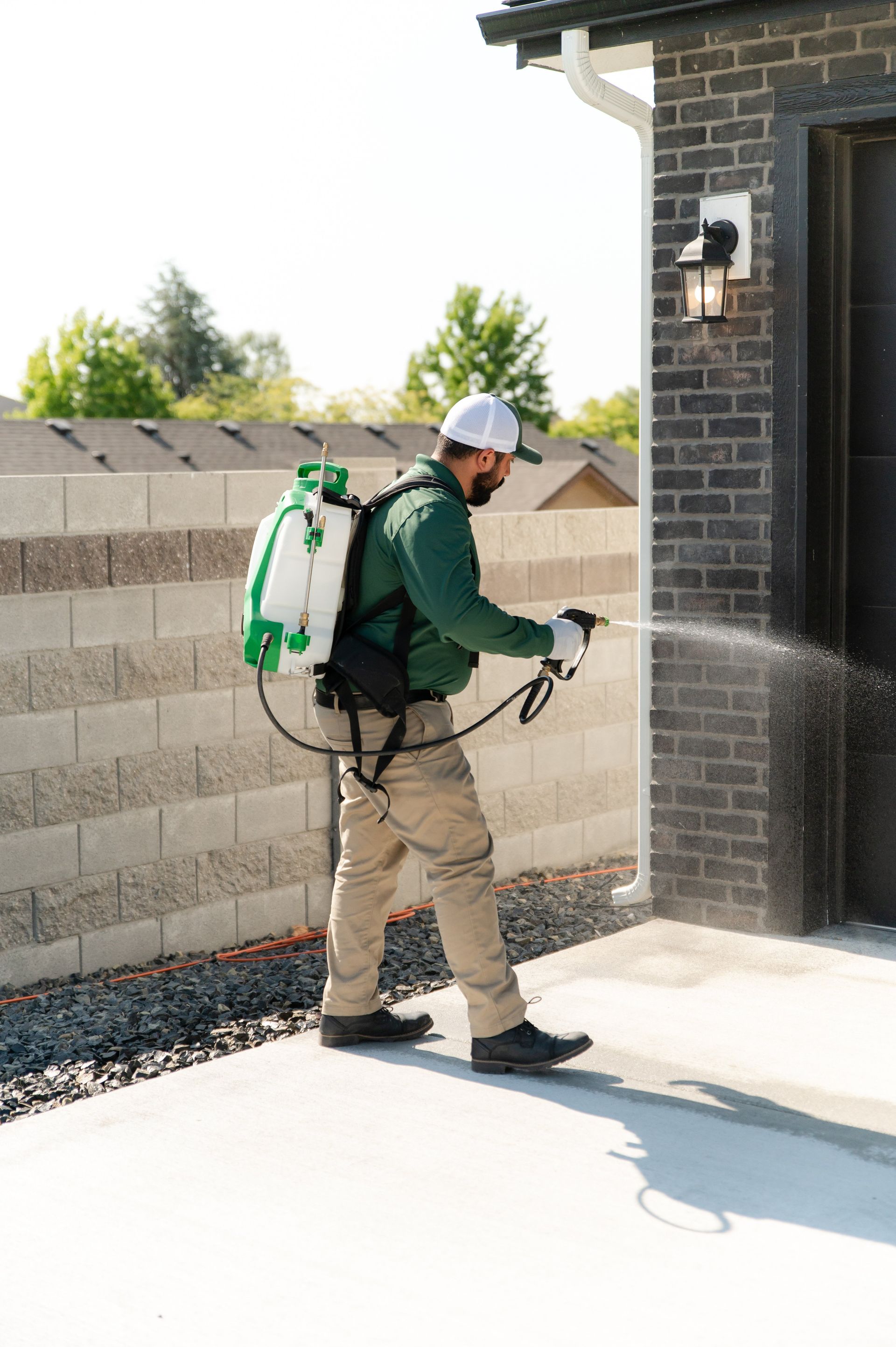Yellow Jackets vs. Wasps vs. Hornets: Identification and Control in Artondale Washington

Know the Difference Between Yellow Jackets, Wasps & Hornets
Summer in Artondale brings more than just sunshine. It’s also prime time for flying stingers like yellow jackets, wasps, and hornets to buzz around your backyard barbecue. While they may look similar at first glance, these pests have key differences that every homeowner should know. Understanding who’s who and relying on
professional pest control services when needed can help keep your family and pets safe.
Get A Quote
Message Us!
We will get back to you as soon as possible.
Please try again later.
What’s the Difference Between Yellow Jackets, Wasps, and Hornets?
First off, all three belong to the wasp family. That means yellow jackets and hornets are actually types of wasps. But despite being relatives, they vary in size, behavior, and threat level. Wasps tend to be slimmer with long legs, while hornets are bigger and stockier. Yellow jackets, on the other hand, are more compact and brightly striped. These pests build their nests in all sorts of places, from digging underground to setting up shop right under your roof's eaves.
Yellow jackets are among the most aggressive stinging pests in Artondale. Despite their small size, they’re bold and easily recognized by their black and bright yellow bands. You’ll often see them swarming around trash cans, soda cans, or uncovered food. Unlike bees, yellow jackets can sting multiple times without dying, especially if you get too close to their hidden nests.
These nests are usually underground or tucked into dark, enclosed spaces like wall voids. If you notice a steady stream of insects entering and exiting a small hole in the ground, it’s best to steer clear.

Recognizing Wasps in Artondale
Paper wasps are the most common wasp species found around Artondale homes. They have a long, narrow waist and dangle their legs as they fly. Their nests look like small gray umbrellas with open cells and are usually found under eaves, deck railings, or even inside mailboxes.
Wasps aren’t as aggressive as yellow jackets or hornets, but they’ll still sting if they feel threatened. They can also sting multiple times, so it’s important not to provoke them. Many wasps are beneficial because they prey on other insects, but their nests can become dangerous if left unchecked.

What Sets Hornets Apart
Hornets are the heavyweight champs of the wasp world. They’re larger and bulkier than both wasps and yellow jackets and usually have darker coloring with white or yellow markings. Bald-faced hornets are common in the Pacific Northwest and have distinctive white faces.
Hornet nests are often high up in trees or under roof overhangs. They form large, round, paper-like nests that can house hundreds of members. Hornets are highly protective of their nests and will swarm if they think their colony is in danger.
Why These Stingers Are More Active in Late Summer
In Artondale, these pests are usually most active from late spring through early fall. But by late summer, their colonies are larger, their food sources are scarcer, and they become more aggressive. That’s why you’ll often see more of them hovering around your outdoor meals in August and September.
As their natural food dwindles, yellow jackets and hornets are more likely to scavenge from humans, increasing the risk of stings.

Tips to Prevent Stinging Insects Around Your Artondale Home
There are simple steps you can take to make your property less inviting to wasps, hornets, and yellow jackets:
- Keep garbage cans tightly sealed
- Clean up food and drink spills immediately
- Avoid leaving pet food outside
- Inspect your home regularly for early signs of nest-building
- Seal cracks and crevices around your home to block entry points
Adding flowering plants away from seating areas can also draw them elsewhere without eliminating their role in the ecosystem.
When to Call in the Pest Control Professionals
Spotting a wasp or hornet from a distance is one thing. But dealing with an active nest on your property is another. These pests can become dangerous quickly, especially for those with allergies. Avoid DIY sprays or traps if you spot a nest nearby. Getting too close can trigger an angry swarm attack.
Instead, trust the licensed experts at Bamboo Pest Control. Our team knows how to safely remove nests and prevent future infestations using eco-friendly and family-safe methods. We’re local to Artondale, so we understand the unique pest patterns of the area. If you spot a nest or suspect a problem, don’t wait. Contact us today for fast, expert help.



